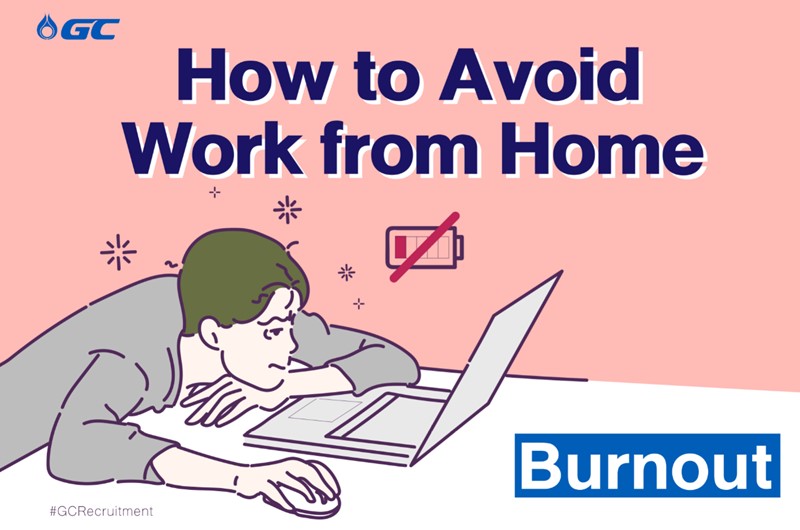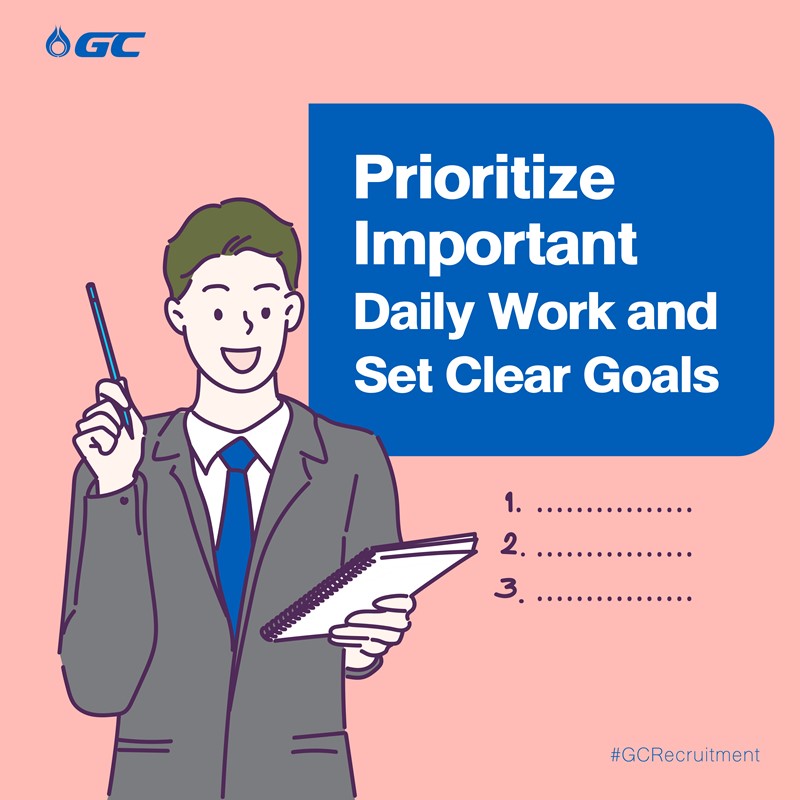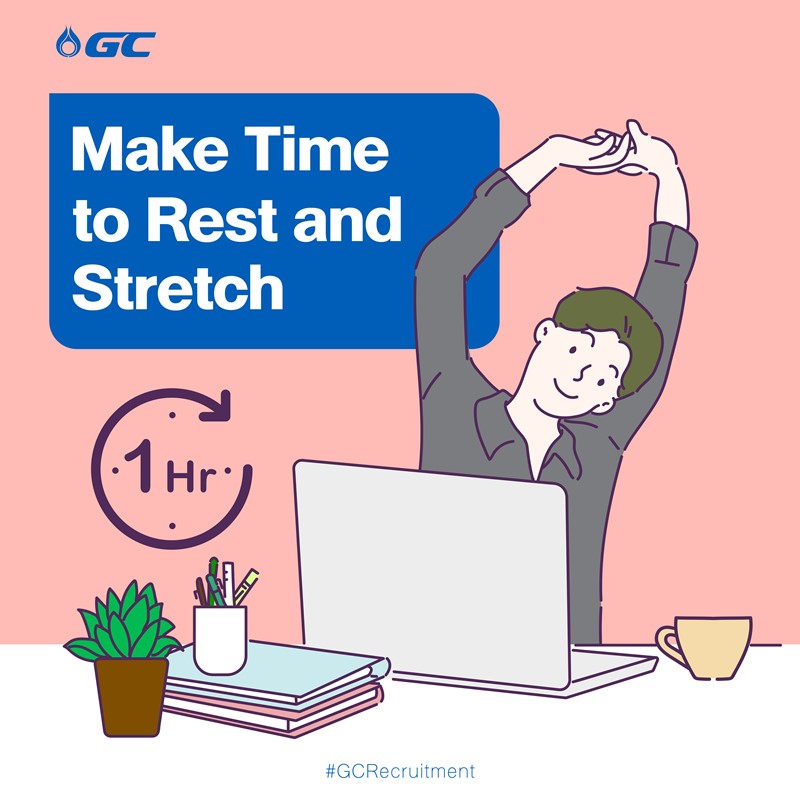Feature Stories
How to work from home without burning out

As the COVID-19 pandemic continues to impact our lives, a continuous surge in the daily rate of new infections has forced many people to stay home. Some have adapted well and enjoyed the benefits of flexible work arrangements saving time from commutes and efficiently handling remote meetings. However, many people have discovered they do not like working remotely no longer having the freedom to move around in addition to having to deal with social distancing practices which limits their interactions with others. As a result, they are more depressed, miserable and tired in their daily lives. This further makes employees more unsatisfied with their jobs resulting in decreased effectiveness on the job and productivity. In addition, there are many distractions when working from home, including being in an environment that does not contribute to productivity – such as a comfortable bed, a cozy sofa, or a TV nearby that serve as distractions, preventing us from staying focused. We often fail to realize this until we end up sleeping less but working more as we allow unfinished tasks to pile-up. However, there are solutions. The following easy-to-follow steps can help you to avoid getting burned out.

Wear your Work Clothes at Home
Wake up as you do normally to shower, brush your teeth, and get ready, wearing what you would on a regular workday. This can make you feel energized and refreshed both physically and mentally. This also keeps your brain active as though you are working in the office. At the end of the day, change into more casual clothes to get out of work mode. This process can help you sort your schedule. Working from home, therefore, is in a sense like changing our workplace, turning miles into feet.

Prioritize Important Daily Work and Set Clear Goals
The key to working from home successfully is to maintain your productivity just as you do in the office. But this should not mean always working late and burning out, which eventually affects your family life and well-being. Therefore, it is important to prioritize important work and set appropriate goals. Do not get overconsumed by your work at home. Before finishing your daily work routine, set your priorities for the following day so you can start fresh and with a clear purpose. In addition, your goals can be flexible so add, remove or change-up any tasks in the event of any unplanned or urgent work.

Make Time to Rest and Stretch
Make sure to schedule break times during your workday at home, just as you would at the office. It is also worth the effort to get up and stretch every hour for physical and mental relaxation. Stick to your lunch break as it is an effective way to disconnect and get your mind off work. During your lunch, do something that makes you happy and gets you more invigorated such as listening to music, watching a bit of a show, reading, or drawing, all of which can help reboot your brain and give you a mental reset and the energy to get back to work.

Redesign your Workspace
Non-ergonomic work conditions, including your desk and corner office, can also lead to burnout. For example, if your table is too high or low, or if you use a non-ergonomic chair which can contribute to back or neck pain, whereas poor lighting can cause eye strain and lead to headaches. It is therefore important to make your office furniture and equipment more comfortable, contributing to your productivity, and also maintaining your workspace so it’s organized and clean. Why not add some small plants offering your eyes a restful and green retreat, and helping you feel more refreshed?
Working from home is changing the way we live, as the boundaries between relaxing and working become blurred, or are sometimes inseparable. So, it is even more important to focus on rebalancing between your work and personal lives. But do not be overly relaxed or rigid. Instead, try to be adaptable, find a middle ground that suits you and prevent any potential problems that can lead to burn out.
Reference: https://hbr.org/2020/04/3-tips-to-avoid-wfh-burnout




